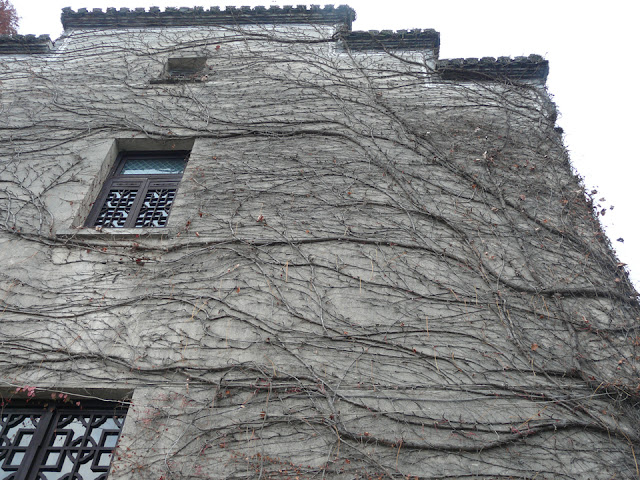Xīdì is a village in southern Anhui province (Yixian County), in China, which was declared a part of the “Ancient Villages in Southern Anhui” World Heritage Site by UNESCO in 2000, along with the village of Hongcun.
It was first built during the Huangyou era (1049–1053) in the reign of emperor Renzong of the Song Dynasty and was originally called Xichuan (West River), because of the water courses which flow through the village.
The rise of the village was closely tied to the fortunes of the Hu family. During the Ming Dynasty (1368–1644) members of this family began to act as merchants by 1465, which gave rise to the construction of major private buildings and public infrastructure. By the middle of the 17th century, the influence wielded by members of the Hu family expanded from commerce into politics. The prosperity of Xidi peaked in the 18th and 19th centuries, at which time the village comprised about 600 residences.
The street pattern of Xidi is dominated by a main road which runs in east-west direction and is flanked by two parallel streets. These major streets are joint by many narrow alley ways. Small open spaces are confined to areas immediately in front of the main public buildings, such as the Hall of Respect, the Hall of Reminiscence, and the Memorial Archway of the Governor.
Today, the major attractions are 124 well preserved wooden residences from the Ming and Qing dynasties with beautiful carvings. Many of the residences are open to the public.
西递是安徽省南部黟县的一个村庄。2000年11月30日在澳大利亚凯恩斯召开的联合国教科文组织第24届世界遗产委员会会议作出决定,将中国安徽古村落西递、宏村列入世界文化遗产名录。
西递始建于宋朝的元祐(宋哲宗)年间,由于河水向西流经这个村庄,原来称为“西川”。因古有递送邮件的驿站,故而得名“西递”,素有“桃花源里人家”之称。
这个村子的兴衰都与胡家的命运紧密相连。西递始祖为唐昭宗李晔之子,因遭变乱,逃匿民间,改为胡姓。胡家从1465年起开始经商,他们经商成功,大兴土木,建房、修祠、铺路、架桥。在17世纪中叶,胡家中有人从经商转向官场所产生的影响使村庄得到发展。18世纪到19世纪,西递的繁荣达到最顶峰,当时村里有大约600家华丽的住宅。
西递村中一条主道贯穿东西,与其两侧各一条与之平行的街道一起穿过很多窄巷。在敬爱堂、履福堂、刺史牌楼等公共建筑之前有小广场。今天,主要旅游景点包括124幢保护完好的明清建筑。大多数民居都对公众开放。主要建筑有明万历六年(1578年)建的青石牌坊,清康熙三十年(1691年)建的大夫第等。
西递始建于宋朝的元祐(宋哲宗)年间,由于河水向西流经这个村庄,原来称为“西川”。因古有递送邮件的驿站,故而得名“西递”,素有“桃花源里人家”之称。
这个村子的兴衰都与胡家的命运紧密相连。西递始祖为唐昭宗李晔之子,因遭变乱,逃匿民间,改为胡姓。胡家从1465年起开始经商,他们经商成功,大兴土木,建房、修祠、铺路、架桥。在17世纪中叶,胡家中有人从经商转向官场所产生的影响使村庄得到发展。18世纪到19世纪,西递的繁荣达到最顶峰,当时村里有大约600家华丽的住宅。
西递村中一条主道贯穿东西,与其两侧各一条与之平行的街道一起穿过很多窄巷。在敬爱堂、履福堂、刺史牌楼等公共建筑之前有小广场。今天,主要旅游景点包括124幢保护完好的明清建筑。大多数民居都对公众开放。主要建筑有明万历六年(1578年)建的青石牌坊,清康熙三十年(1691年)建的大夫第等。


























No comments:
Post a Comment